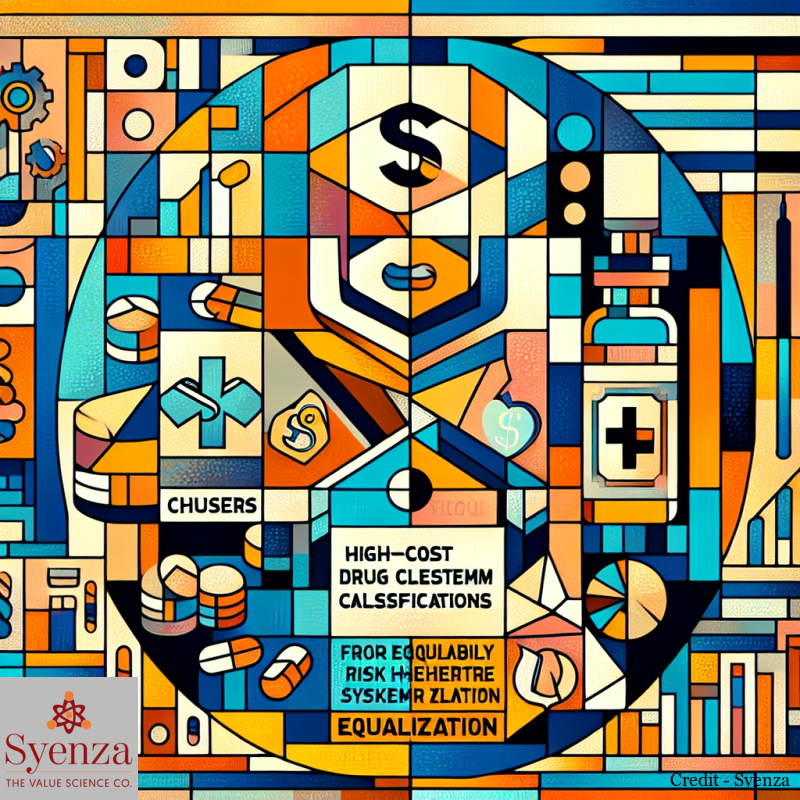
The EHK clusters 2026 report from the Dutch Healthcare Institute (Zorginstituut Nederland) proposes significant updates to the classification of extremely high-cost pharmaceuticals. This initiative ensures equitable risk equalization among health insurers. The report details the inclusion of 26 drugs across four EHK clusters. Two drugs transition from standard pharmacotherapy cost groups (FKG) to EHKs, and one new addition, Givosiran, is included. Four drugs were removed from the 2025 EHK list for failing to meet updated cost or clinical criteria. The methodology relies on empirical cost data, advanced clustering algorithms, and multi-criteria assessments.
Revising EHK Criteria and Drug Inclusion
Enhancements to Risk-Equalization Criteria
In the Dutch healthcare system, risk equalization prevents insurer incentives to avoid high-risk enrollees. It compensates for predictable cost variations. The EHK clusters prioritize empirical cost data over medical-therapeutic classifications. The updated criteria for 2026 are as follows:
- Minimum follow-up costs (C1): Averages €100,000 in annual follow-up costs per user.
- Excess cost threshold (C2): An excess of €50,000 above expected costs for non-users.
- Chronic condition requirements (C3–C4): Drugs must be effective for chronic diseases with significant long-term cost implications.
- Stability checks (E1–E9): Evaluations focus on prescription trends, reimbursement volatility, and consistency in user cohorts.
These criteria identify drugs with sustained high financial impacts. They exclude those with transient or unrepresentative cost patterns. For instance, Epoprostenol was removed from the EHKs due to decreasing reimbursement rates (€47,000 below the C2 threshold).
Methodological Innovations in Clustering Techniques
Utilizing K-Means Clustering for Drug Categorization
The EHK clusters 2026 report employs k-means clustering to group drugs with similar cost profiles. This algorithm minimizes intra-cluster variance by categorizing drugs into one of four clusters based on weighted excess costs. Key steps include:
- Minimizing weighted sum of squares (WSS): This ensures greater homogeneity within clusters.
- Addressing outliers: Certain drugs, such as Sebelipase alfa, were manually assigned to the highest cluster (EHK-4).
An optimal cluster count of four was determined through an “elbow plot” analysis. Despite these advancements, challenges remain:
- Small cluster sizes: For example, EHK-4 encompasses only 108 insured years.
- Potential overcompensation risks: Lower-cost drugs in higher clusters could inflate reimbursements.
Adjustments in Normative Reimbursement Figures
The recalibration of EHK classifications has increased normative reimbursement rates:
| Cluster | 2025 Reimbursement (€) | 2026 Reimbursement (€) |
|---|---|---|
| EHK-1 | 75,069 | 107,008 |
| EHK-2 | 102,002 | 160,542 |
| EHK-3 | 156,149 | 246,369 |
| EHK-4 | 346,858 | 449,648 |
These revisions reflect increasing average excess costs within clusters.
Implications for Health Economics and Policy
Addressing Risk Selection in Competitive Healthcare Environments
The Dutch risk-equalization model mitigates insurers’ motivations to avoid high-risk enrollees. However, gaps exist:
- CAR-T therapies: Some drugs are excluded due to mismatched cost timing.
- Regional cost disparities: Variations in hospital pricing require better integration.
Pharmaceutical Access and Reimbursement Policies
The EHK framework impacts drug reimbursement policies:
- Conditional reimbursement exits: Regulatory decisions influence risk pooling.
- Reclassification of add-on therapies: Some drugs shift to standard FKG clusters.
Comparative Insight with Global Models
Harmonizing with Health Economics and Outcomes Research (HEOR)
The Dutch model aligns with HEOR by developing an evidence-based approach to reimbursement within a health insurance system. Notably:
- Focus on chronic treatments: EHKs exclude acute-use medications.
- Adaptive clustering methodologies: Classifications evolve with cost data.
Conclusion and Recommendations
The 2026 EHK updates enhance risk equalization but reveal systemic challenges. Key recommendations include:
- Expanding cluster validation efforts: Longer-term cost volatility metrics could help.
- Accelerating HKC integration: This would address timing disparities.
- Fostering cross-border data alignment: EU-wide claims databases could improve robustness.
The Dutch model offers a valuable framework for equitable risk compensation.
